|
[1]
|
Rabin I, Shani M, Mursi J, et al. (2013) Effect of timing of thrombectomy on survival of thrombosed arteriovenous hemodialysis grafts. Vasc Endovascular Surg 47: 342-345. doi: 10.1177/1538574413487442

|
|
[2]
|
Sista S, Wen C, Hodgson PD, et al. (2011) The influence of surface energy of titanium-zirconium alloy on osteoblast cell functions in vitro. J Biomed Mater Res Part A. 97A:27-36. doi: 10.1002/jbm.a.33013

|
|
[3]
|
Blit PH, McClung WG, Brash JL, et al. (2011) Platelet inhibition and endothelial cell adhesion on elastin-like polypeptide surface modified materials. Biomaterials 32: 5790-5800. doi: 10.1016/j.biomaterials.2011.04.067

|
|
[4]
|
Ranella A, Barberoglou M, Bakogianni S, et al. (2010) Tuning cell adhesion by controlling the roughness and wettability of 3D micro/nano silicon structures. Acta Biomater 6: 2711-2720. doi: 10.1016/j.actbio.2010.01.016

|
|
[5]
|
Seo CH, Furukawa K, Montagne K, et al. (2011) The effect of substrate microtopography on focal adhesion maturation and actin organization via the RhoA/ROCK pathway. Biomaterials 32: 9568-9575. doi: 10.1016/j.biomaterials.2011.08.077

|
|
[6]
|
Bettinger CJ, Langer R, Borenstein JT. (2009) Engineering substrate topography at the microand nanoscale to control cell function. Angew Chem Int Ed 48: 5406-5415. doi: 10.1002/anie.200805179

|
|
[7]
|
Miller DC, Thapa A, Haberstroh KM, et al. (2004) Endothelial and vascular smooth muscle cell function on poly (lactic-co-glycolic acid) with nano-structured surfaces. Biomaterials 25: 53-61. doi: 10.1016/S0142-9612(03)00471-X

|
|
[8]
|
Miller DC, Haberstroh KM, Webster TJ. (2007) PLGA nanometer surface features manipulate fibronectin interactions for improved vascular cell adhesion. J Biomed Mater Res Part A 81A:678-684. doi: 10.1002/jbm.a.31093

|
|
[9]
|
Choudhary S, Haberstroh KM, Webster TJ. (2007) Enhanced functions of vascular cells on nanostructured Ti for improved stent applications. Tissue Eng Part A 13: 1421-1430. doi: 10.1089/ten.2006.0376

|
|
[10]
|
Liliensiek SJ, Wood JA, Yong J, et al. (2010) Modulation of human vascular endothelial cell behaviors by nanotopographic cues. Biomaterials 31: 5418-5426. doi: 10.1016/j.biomaterials.2010.03.045

|
|
[11]
|
Geetha M, Singh AK, Muraleedharan K, et al. (2001) Effect of thermomechanical processing on microstructure of a Ti- 13Nb-13Zr alloy. J Alloys Compd 329: 264-271. doi: 10.1016/S0925-8388(01)01604-8

|
|
[12]
|
Kent D, Wang G, Yu Z, et al. (2010) Pseudoelastic behaviour of a [beta] Ti-25Nb-3Zr-3Mo-2Sn alloy. Mater Sci Eng: A 527: 2246-2252. doi: 10.1016/j.msea.2009.11.059

|
|
[13]
|
Yu ZT, Zhou L. (2006) Influence of martensitic transformation on mechanical compatibility of biomedical β type titanium alloy TLM. Mater Sci Eng: A 438-440: 391-394.
|
|
[14]
|
Tong WP, Tao NR, Wang ZB, et al. (2003) Nitriding iron at lower temperatures. Science 299:686-688. doi: 10.1126/science.1080216

|
|
[15]
|
Zhu KY, Vasse A, Brisset F, et al. (2004) Nanostructure formation mechanism of α-titanium using SMAT. Acta Mater 52: 4101-4110. doi: 10.1016/j.actamat.2004.05.023

|
|
[16]
|
Tao NR, Tong WP, Wang ZB, et al. (2003) Mechanical and wear properties of nanostructured surface layer in iron induced by surface mechanical attrition Treatment. J Mater Sci Tech 19:563-566.
|
|
[17]
|
Wen M, Wen C, Hodgson P, et al. (2011) Wear behavior of pure Ti with a nanocrystalline surface layer. Appl Mech Mater 66-68: 1500-1504.
|
|
[18]
|
Wang ZB, Tao NR, Li S, et al. (2003) Effect of surface nanocrystallization on friction and wear properties in low carbon steel. Mater Sci Eng A 352: 144-149. doi: 10.1016/S0921-5093(02)00870-5

|
|
[19]
|
Zhao C, Han P, Ji W, et al. (2012) Enhanced mechanical properties and in vitro cell response of surface mechanical attrition treated pure titanium. J Biomater Appl 27:113-118. doi: 10.1177/0885328210393047

|
|
[20]
|
Zhao CL, Cao P, Ji WP, et al. (2011) Hierarchical titanium surface textures affect osteoblastic functions. J Biomed Mater Res Part A 99: 666-675.
|
|
[21]
|
Lai M, Cai KY, Hu Y, et al. (2012) Regulation of the behaviors of mesenchymal stem cells by surface nanostructured titanium. Colloids Surf B Biointerfaces 97: 211-220. doi: 10.1016/j.colsurfb.2012.04.029

|
|
[22]
|
Kent D, Wang G, Yu ZT, et al. (2011) Strength enhancement of a biomedical titanium alloy through a modified accumulative roll bonding technique. J Mech Behav Biomed Mater 4:405-416. doi: 10.1016/j.jmbbm.2010.11.013

|
|
[23]
|
Paladugua M, Kent D, Wang G, et al. (2010) Strengthening of cast Ti-25Nb-3Mo-3Zr-2Sn alloy through precipitation of α in two discrete crystallographic orientations. Mater Sci Eng: A527: 6601-6606.
|
|
[24]
|
Zhao C, Han P, Ji W, et al. (2012) Enhanced mechanical properties and in vitro cell response of surface mechanical attrition treated pure titanium. J Biomater Appl 27: 113-118. doi: 10.1177/0885328210393047

|
|
[25]
|
Geiger B, Tokuyasu KT, Dutton AH, et al. (1980) Vinculin, an intracellular protein localized at specialized sites where microfilament bundles terminate at cell membranes. Proc Natl Acad Sci USA 77: 4127-4131. doi: 10.1073/pnas.77.7.4127

|
|
[26]
|
Dolatshahi-Pirouz A, Jensen T, Kraft DC, et al. (2010) Fibronectin adsorption, cell adhesion, and proliferation on nanostructured tantalum surfaces. ACS Nano 4: 2874-2882. doi: 10.1021/nn9017872

|
|
[27]
|
Webster TJ, Schadler LS, Siegel RW, et al. (2001) Mechanisms of enhanced osteoblast adhesion on nanophase alumina involves vitronectin. Tissue Eng 7: 291-301. doi: 10.1089/10763270152044152

|
|
[28]
|
Ignarro LJ, Buga GM, Wood KS, et al. (1987) Endothelium-derived relaxing factor produced and released from artery and vein is nitric oxide. Proc Natl Acad Sci USA 84: 9265-9269. doi: 10.1073/pnas.84.24.9265

|
|
[29]
|
Palmer RMJ, Ferrige AG, Moncada S. (1987) Nitric oxide release accounts for the biological activity of endothelium-derived relaxing factor. Nature 327: 524-526. doi: 10.1038/327524a0

|
|
[30]
|
Mineo C, Deguchi H, Griffin JH, et al. (2006) Endothelial and antithrombotic actions of HDL. Circ Res 98: 1352-1364. doi: 10.1161/01.RES.0000225982.01988.93

|
|
[31]
|
Tang JR, Seedorf G, Balasubramaniam V, et al. (2007) Early inhaled nitric oxide treatment decreases apoptosis of endothelial cells in neonatal rat lungs after vascular endothelial growth factor inhibition. Am J Physiol Lung Cell Mol Physiol 293: 1271-1280. doi: 10.1152/ajplung.00224.2007

|
|
[32]
|
Cooney R, Hynes SO, Sharif F, et al. (2007) Gene-eluting stents: adenovirus-mediated delivery of eNOS to the blood. Gene Ther 14:396-404. doi: 10.1038/sj.gt.3302882

|
|
[33]
|
Zheng ZZ, Liu ZX. (2007) Activation of the phosphatidylinositol 3-kinase/protein kinase Akt pathway mediates CD151-induced endothelial cell proliferation and cell migration. Int J Biochem Cell Biol 39: 340-348. doi: 10.1016/j.biocel.2006.09.001

|
|
[34]
|
Lu J, Rao MP, MacDonald NC, et al. (2008) Improved endothelial cell adhesion and proliferation on patterned titanium surfaces with rationally designed, micrometer to nanometer features. Acta Biomater 4: 192-201. doi: 10.1016/j.actbio.2007.07.008

|











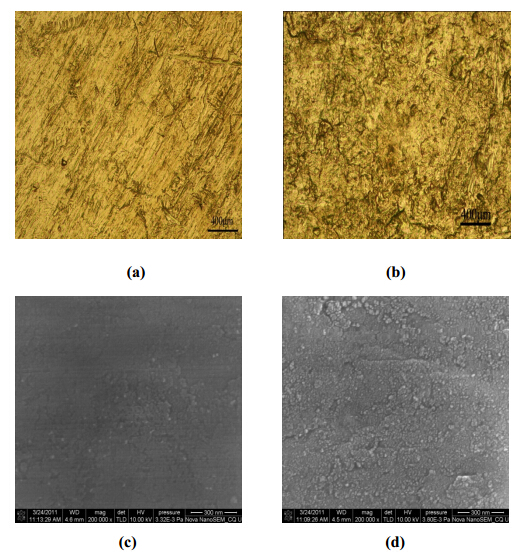
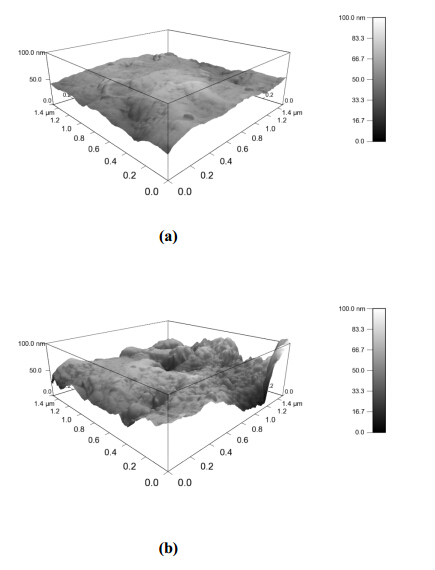
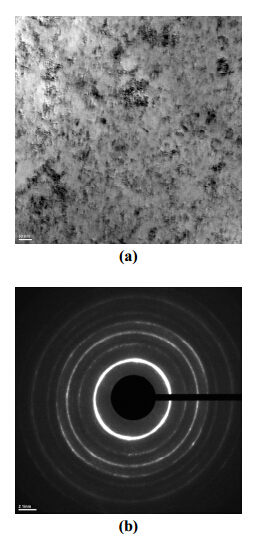
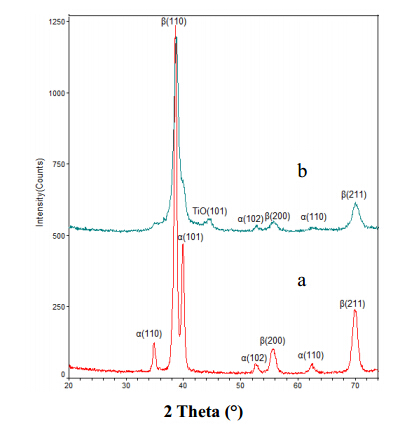
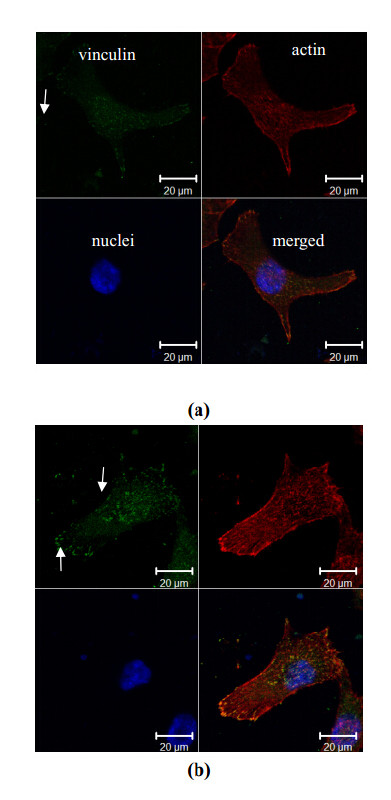
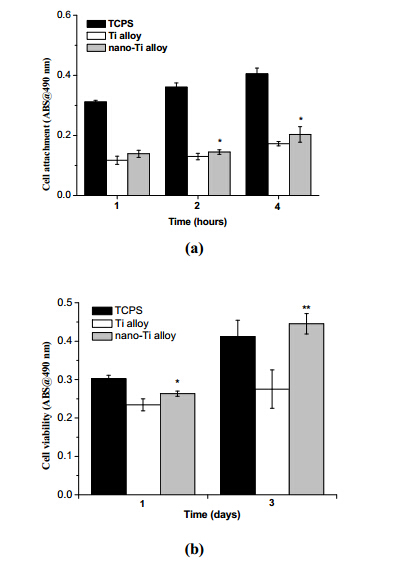

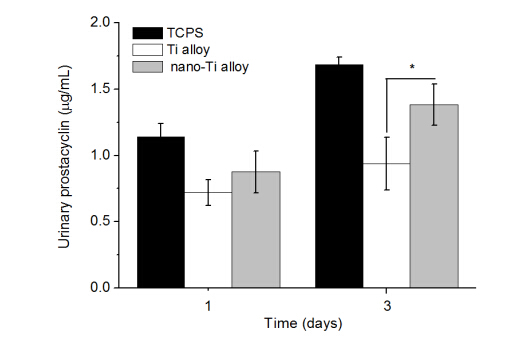


 DownLoad:
DownLoad: